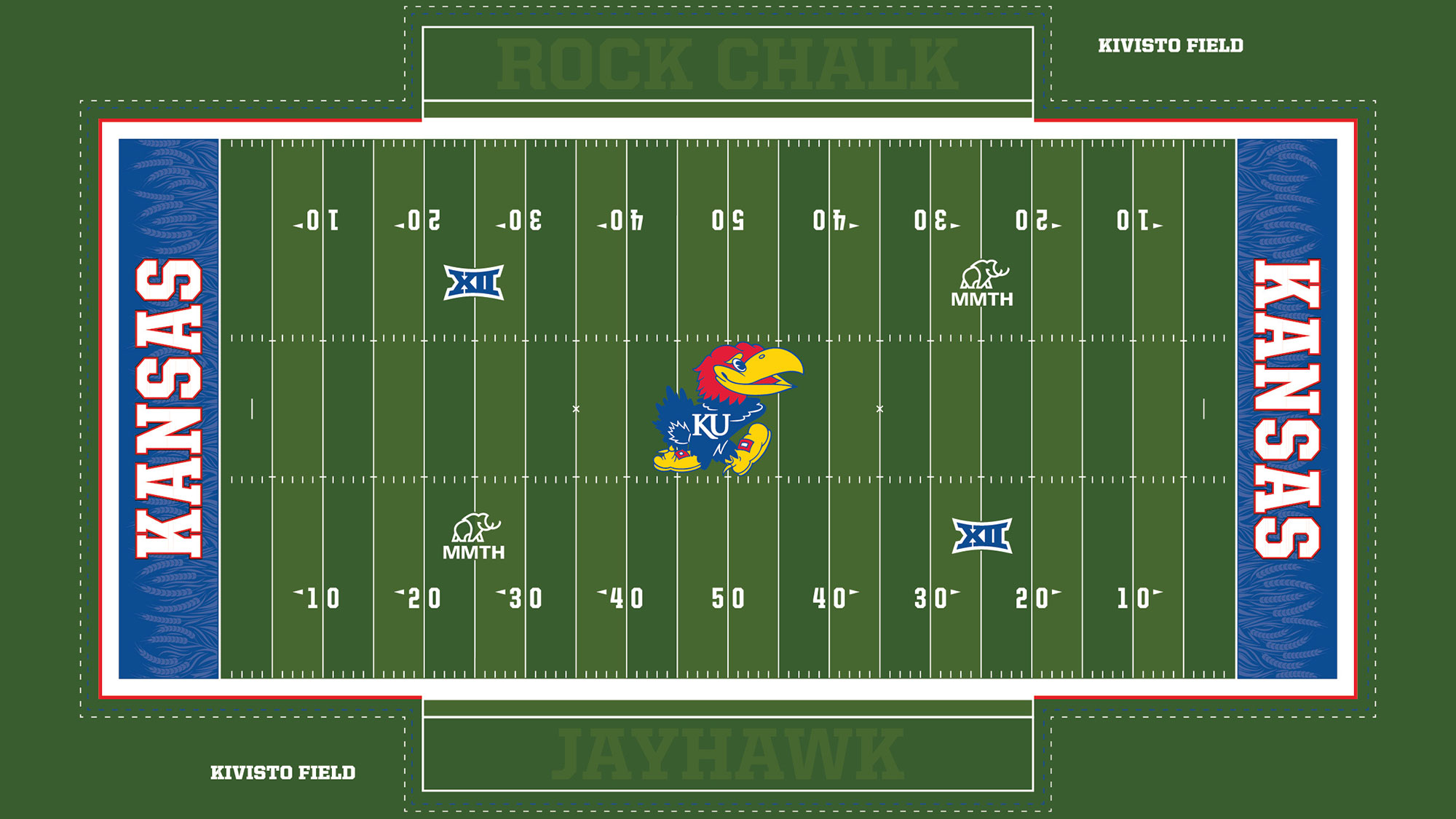Asian markets largely shrugged off Trump’s latest announcement of tariff rates on some of its trading partners, as the U.S. president also seemingly pushed the start date for new taxes to August 1.
On Monday, Trump’s White House unveiled flat 25% tariffs on Japan and South Korea, two of the U.S’s trading partners. Those are roughly the same level that Trump originally threatened back in April. But now, U.S. trading partners have until August 1 to negotiate new trade deals, instead of a previously imposed July 9 deadline.
Japan’s Nikkei 225 closed 0.3% higher on Tuesday. South Korea’s KOSPI rose by 1.8%.
In his letters to Japan and South Korea, Trump noted that goods deemed to be transshipped to “evade a higher Tariff will be subject to that higher Tariff”, though did not give specifics.
A previously-announced deal with Vietnam imposed a 40% tariff on goods transshipped through the Southeast Asian country, but the Trump administration has yet to share how it understands “transshipment” as a concept.
The U.S. President also threatened to hike tariffs further if either Japan or South Korea retaliates with their own measures.
Both Japanese Prime Minister Shigeru Ishiba and South Korean President Lee Jae Myung expressed optimism on Tuesday that they could find a mutually-agreeable arrangement before August 1.
Elsewhere in Asia, Hong Kong’s Hang Seng Index is up by 1% as of 3:30am Eastern. India’s NIFTY 50 is flat. Australia’s S&P/ASX 200 also closed flat.
Trump told reporters on Monday that the tariffs weren’t “100% firm”, meaning there was still room for negotiation before August 1. A total of 14 letters were sent out and more than half were to economies in Asia.

Southeast Asia
Many other economies, particularly in Southeast Asia, were also slapped with new tariff rates on Monday, ranging from 25% to 40%. While some of these rates were lower than what was threatened back in April, they are still an escalation from the flat 10% tariff on all U.S. imports.
The 90-day tariff pause for trade negotiations was originally meant to expire on Wednesday. That deadline appears to have been extended to August 1, allowing more time for negotiations.
And that could be much appreciated breathing room for Southeast Asian economies, which rely on the U.S. as a major export market.
Indonesia, Thailand, Malaysia, and Cambodia have all publicly offered to buy more U.S. products, like energy or agricultural goods.
Malaysia, already in negotiations with Washington, said Tuesday that it will continue negotiations with the U.S. The country is now getting a 25% tariff, one percentage point higher than what was proposed on “Liberation Day.”
Malaysia’s Ministry of Investment, Trade, and Industry said in a statement that the country is “committed to continuing engagement with the U.S. towards a balanced, mutually beneficial, and comprehensive trade agreement”.
In Thailand, finance minister Pichai Chunhavajira expressed confidence that the country could negotiate a lower tariff rate following the 36% announced by Trump.
The day before, Pichai noted Thailand had offered to reduce import taxes on 90% on U.S. products, and eliminate taxes on many items. He believed the U.S. has yet to consider Thailand’s proposal, and that continued talks will lead to a positive outcome by August 1.
Indonesia’s coordinating minister for economic affairs Airlangga Hartarto, is expected to arrive in Washington on July 8 to meet U.S. representatives. Last week, Indonesia said it was committing $34 billion in trade and investment agreements with the U.S. The Southeast Asian country will now see a 32% tariff rate on its products, the same rate as what was proposed on April 2.
Cambodia got a 40% tariff on Monday, lower than the 49% originally threatened in April. The Southeast Asian country, which got one of the highest Liberation Day tariff rates, has previously agreed to cut tariffs on U.S. goods.















